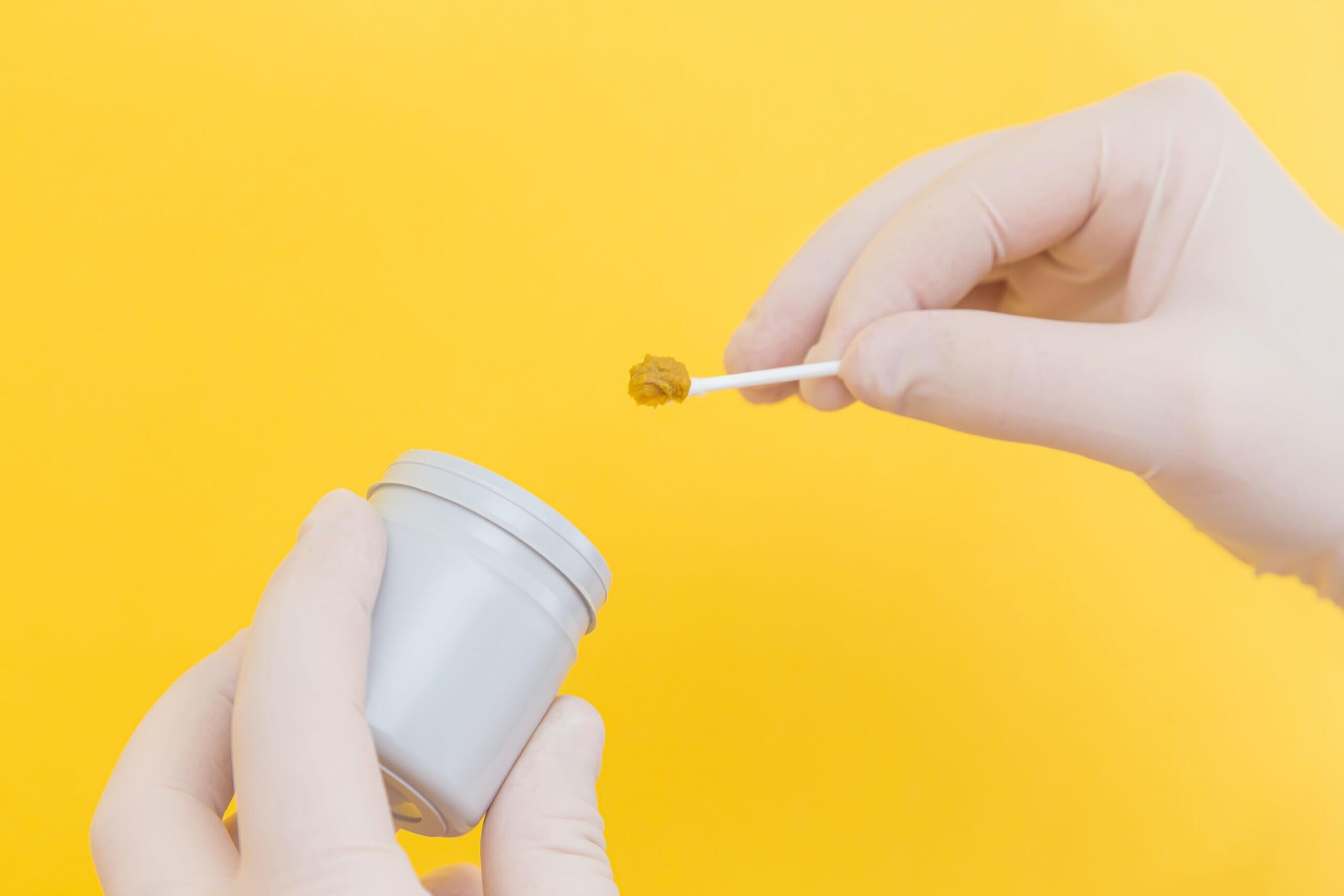

Articles
How To Store Cat Stool Sample For Vet
Modified: February 22, 2024
Learn how to properly store a cat stool sample for your veterinarian. Read our informative articles to ensure accurate results and proper diagnosis.
(Many of the links in this article redirect to a specific reviewed product. Your purchase of these products through affiliate links helps to generate commission for Storables.com, at no extra cost. Learn more)
Introduction
When it comes to the health of our furry friends, cats are no exception. Just like humans, cats can experience digestive issues or infections that may require a stool sample for proper diagnosis. Collecting a stool sample from your cat may seem like a daunting task, but it is an essential part of maintaining their well-being. This article will guide you through the process of collecting and storing a cat stool sample to ensure its integrity for veterinary analysis.
Stool sample collection is crucial for veterinarians to identify any parasites, bacteria, or other pathogens that might be affecting your cat’s gastrointestinal tract. By obtaining a sample, your vet can determine the underlying cause of your cat’s digestive problems and prescribe the appropriate treatment. Additionally, regular stool testing can help detect potential health issues early on, preventing further complications and ensuring your cat’s long-term health.
Collecting a stool sample from your cat can be challenging, especially if your feline friend is not accustomed to this procedure. However, with proper technique and patience, you can successfully collect a sample without causing undue stress to your cat or compromising the integrity of the specimen.
In the following sections, we will outline step-by-step instructions for successfully collecting a stool sample from your cat, as well as the proper storage and transportation methods to ensure accurate results when providing the sample to your veterinarian.
Key Takeaways:
- Proper stool sample collection and storage is crucial for diagnosing and treating gastrointestinal issues in cats. It helps identify parasites, infections, and digestive disorders, ensuring timely intervention for your feline friend’s well-being.
- By following step-by-step instructions for collecting, storing, and delivering a stool sample to your vet, you play a proactive role in maintaining your cat’s health. Regular testing can catch potential health issues early and aid in providing the best care possible.
Read more: How To Store A Stool Sample For The Vet
Why is stool sample collection important?
Stool sample collection plays a vital role in diagnosing and treating various gastrointestinal issues in cats. Here are some reasons why it is important:
- Identification of Parasites: Cats are prone to different types of parasites, such as worms and protozoa, which can cause digestive problems. By collecting a stool sample, your vet can identify the presence of these parasites and prescribe the appropriate deworming treatment.
- Detection of Bacterial Infections: Bacterial infections can lead to gastrointestinal issues such as diarrhea and vomiting in cats. Collecting a stool sample allows your vet to identify the specific bacteria causing the infection and prescribe the necessary antibiotics for treatment.
- Diagnosis of Viral Infections: Some viral infections can also affect the digestive system of cats, causing symptoms like diarrhea and loss of appetite. By analyzing a stool sample, veterinarians can determine if a viral infection is the cause and recommend supportive care or antiviral medication.
- Assessment of Digestive Disorders: Chronic digestive disorders, such as inflammatory bowel disease (IBD) or food allergies, can be challenging to diagnose. Stool sample analysis helps your vet assess the overall health of the digestive system and identify any abnormal inflammatory cells or signs of malabsorption.
- Monitoring the Efficacy of Treatment: If your cat is already undergoing treatment for a gastrointestinal issue, regular stool sample collection allows your vet to monitor the effectiveness of the prescribed treatment. This helps ensure that the current treatment plan is working and adjustments can be made if necessary.
By collecting and analyzing a stool sample, your veterinarian can gain valuable insights into your cat’s digestive health and make informed decisions about their care. It is an essential diagnostic tool that helps identify underlying causes, monitor progress, and ensure the most appropriate treatment for your feline companion.
Steps for collecting a stool sample from your cat
Collecting a stool sample from your cat may seem challenging, but with these step-by-step instructions, the process can be made easier for both you and your feline friend:
- Gather the necessary supplies: Before collecting the sample, gather the following items: disposable gloves, a clean and non-absorbent container (such as a plastic sandwich bag), a clean spoon or spatula, and a clean, sealable storage container.
- Choose the collection method: There are a few methods you can use to collect the stool sample. One common method is to follow your cat to the litter box and collect a small amount of feces using the clean spoon or spatula. Alternatively, you can place a non-absorbent material (like plastic wrap or aluminum foil) under the litter, which makes it easier to collect a sample without contamination.
- Prepare the collection container: Open the plastic sandwich bag or the clean container you’ve chosen for the sample. Make sure it is clean, sterile, and large enough to hold an adequate amount of stool. If using a plastic bag, you can turn it inside out to create a convenient pocket for collecting the sample.
- Collect the stool sample: Using the spoon or spatula, carefully transfer a small amount of stool into the collection container. Make sure to only collect a fresh sample and avoid any contact with urine or litter to prevent contamination. Aim to collect at least a teaspoon-sized sample, but more is preferable for thorough testing.
- Seal and store the sample: Once you have collected the sample, securely seal the container to prevent any leakage or odor. If using a plastic bag, tie it securely or use a twist tie to seal it. Place the sealed container in a refrigerator if you cannot immediately deliver it to the vet. Remember to label the container with your cat’s name and the date of collection.
- Wash and sanitize: After collecting the sample, dispose of the gloves and wash your hands thoroughly with soap and warm water. Clean and disinfect the utensils and any surfaces that came into contact with the stool sample to prevent the spread of bacteria or parasites.
It is important to note that if your cat is on a special or prescription diet, it may be necessary to avoid collecting samples while they are receiving medication or dietary changes. Consult with your veterinarian for specific instructions in such cases.
By following these steps, you can collect a stool sample from your cat with minimal stress and ensure its integrity for accurate analysis by your veterinarian. Remember, if you have any concerns or difficulties, don’t hesitate to reach out to your vet for guidance.
Collect the stool sample in a clean, dry container and refrigerate it until you can bring it to the vet. Avoid using containers with preservatives or additives.
Proper storage of a cat stool sample
After collecting a stool sample from your cat, it is crucial to store it correctly to maintain its integrity and ensure accurate results during analysis. Here are some guidelines for proper storage:
- Use a sterile and leak-proof container: Transfer the collected stool sample into a clean, sealable container specifically designed for storing biological samples. These containers can be obtained from your veterinarian or local pharmacy. Avoid using containers that may leak or allow air exposure, as this can compromise the quality of the sample.
- Label the container: Clearly label the container with your cat’s name, the date and time of collection, and any additional information requested by your veterinarian. This helps eliminate any confusion and ensures proper identification of the sample during analysis.
- Keep the sample refrigerated: Stool samples should be stored in a refrigerator at a temperature between 2-8 degrees Celsius (35-46 degrees Fahrenheit). This helps preserve the sample and prevents the growth of bacteria or decomposition. It is essential to minimize the time between collection and refrigeration to maintain sample quality.
- Avoid freezing the sample: While refrigeration is necessary, freezing the stool sample is generally not recommended, as it can alter the composition and affect the accuracy of test results. Freezing can also cause cell degradation and make it more challenging to analyze the sample effectively.
- Prevent cross-contamination: To ensure accurate test results, it is essential to prevent cross-contamination when storing the sample. Avoid storing the stool sample alongside food items or medications in the refrigerator. Keep it in a separate section or use a designated storage compartment if available.
- Deliver the sample promptly: Stool samples should be delivered to your veterinarian as soon as possible, preferably within 24 to 48 hours of collection. Fresh samples provide the most accurate results, as they may contain live parasites or bacteria that may deteriorate over time. If there is a delay in delivery, consult with your vet for specific recommendations on storage durations.
Remember, proper storage of a cat stool sample is crucial for obtaining accurate and reliable results during laboratory analysis. By following these guidelines, you can help ensure the integrity of the sample and assist your veterinarian in making an informed diagnosis and implementing the appropriate treatment plan for your cat’s health.
Providing the stool sample to your veterinarian
Once you have properly collected and stored the stool sample from your cat, the next step is to provide it to your veterinarian for analysis. Here are some guidelines on how to effectively deliver the sample:
- Call ahead: Before visiting your veterinarian’s office, it is a good idea to call ahead and inform them that you have a stool sample to drop off. This allows them to prepare for the sample’s arrival and ensures a smooth and efficient process.
- Transport the sample safely: Place the sealed container with the stool sample in a secure bag or container to prevent any leakage or odor during transportation. You can use a small cooler bag or an insulated container to maintain the sample’s temperature during transit.
- Keep the sample refrigerated: If you cannot deliver the sample immediately, keep it refrigerated until you are ready to take it to the vet. Remember to avoid freezing the sample, as this can compromise its integrity.
- Label the sample: Ensure that the container is properly labeled with your cat’s name, date and time of collection, and any other relevant information requested by your veterinarian. This helps prevent mix-ups or confusion during analysis.
- Follow your vet’s instructions: Your veterinarian may provide specific instructions for delivering the stool sample, such as drop-off location, specific office protocols, or additional paperwork. It is essential to follow these instructions to ensure a smooth and accurate analysis of the sample.
- Provide any necessary information: When delivering the stool sample, be prepared to provide any relevant information about your cat’s symptoms, medical history, or recent changes in diet or medication. This information can assist your veterinarian in interpreting the results and making a proper diagnosis.
- Ask about result timeline: Inquire about the expected timeline for test results and when you can expect to receive them. This will give you an idea of when to follow up with your veterinarian for further guidance or treatment plans.
By following these steps and communicating effectively with your veterinarian, you can ensure that the stool sample is delivered safely and efficiently for analysis. Providing a well-preserved and labeled sample, along with essential information, enables your vet to make an accurate diagnosis and develop an appropriate treatment plan for your cat’s specific needs.
Read more: How To Store A Cat Stool Sample
Conclusion
Collecting and providing a stool sample from your cat is an essential part of maintaining their overall health and addressing any potential gastrointestinal issues. By following the proper steps for collection, storage, and delivery, you can ensure accurate and reliable test results from your veterinarian.
Remember, stool sample collection is crucial for identifying parasites, detecting infections, diagnosing digestive disorders, and monitoring treatment efficacy in cats. Regular testing can help catch potential health issues early on and ensure timely intervention for your feline companion.
When collecting a stool sample, gather the necessary supplies, choose the appropriate collection method, and handle the sample with care to avoid contamination. Properly store the sample in a sterile and refrigerated container, avoiding freezing, and ensure it is labeled with the necessary information.
When providing the stool sample to your veterinarian, call ahead, transport it safely, and follow any specific instructions provided. Be prepared to provide relevant information about your cat’s symptoms and medical history to aid in accurate diagnosis and treatment planning.
Overall, by following these guidelines, you can contribute to the well-being of your cat and help your veterinarian in providing the best care possible. Regular stool sample collection is a proactive step towards ensuring the optimal health and happiness of your beloved feline companion.
Frequently Asked Questions about How To Store Cat Stool Sample For Vet
Was this page helpful?
At Storables.com, we guarantee accurate and reliable information. Our content, validated by Expert Board Contributors, is crafted following stringent Editorial Policies. We're committed to providing you with well-researched, expert-backed insights for all your informational needs.
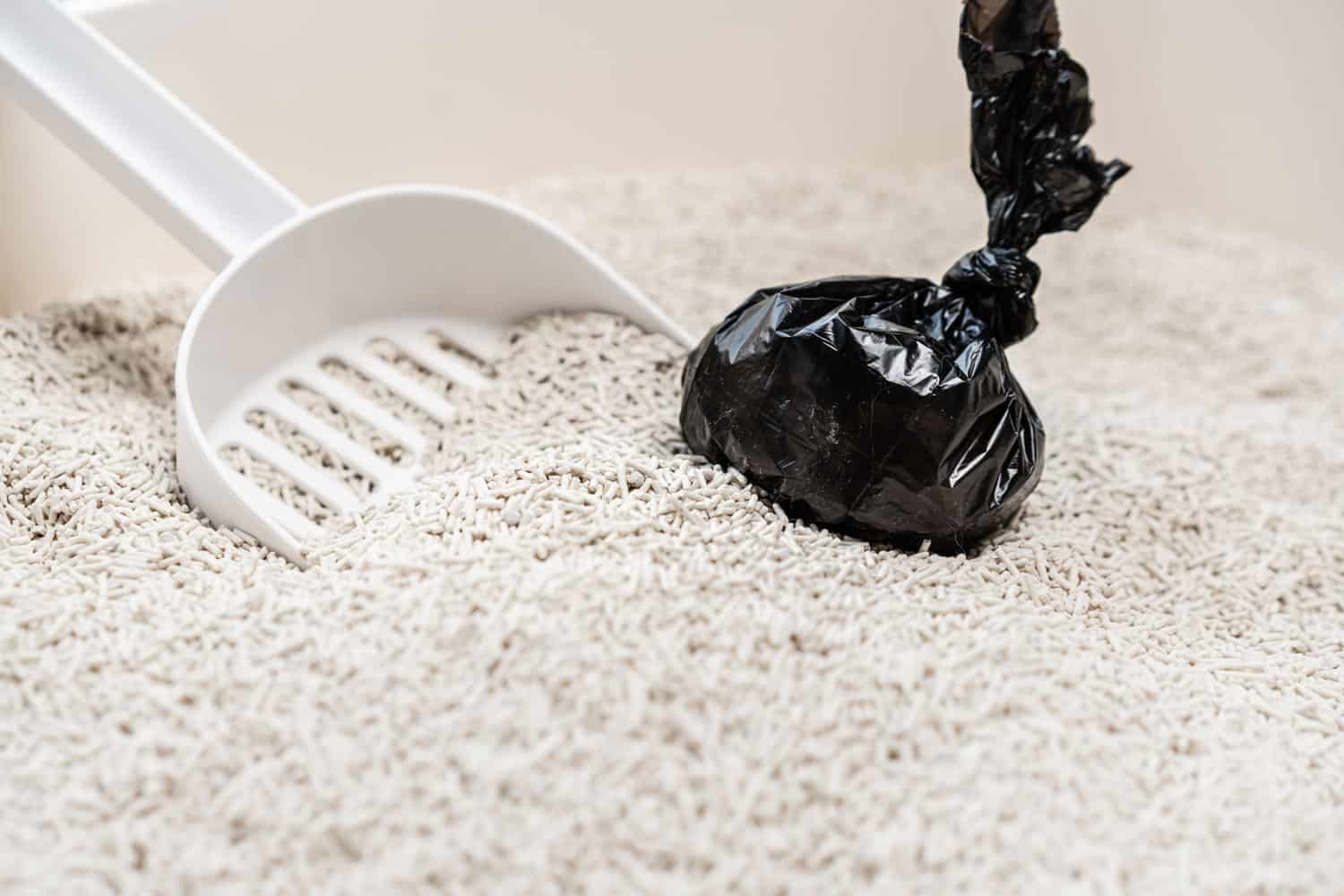
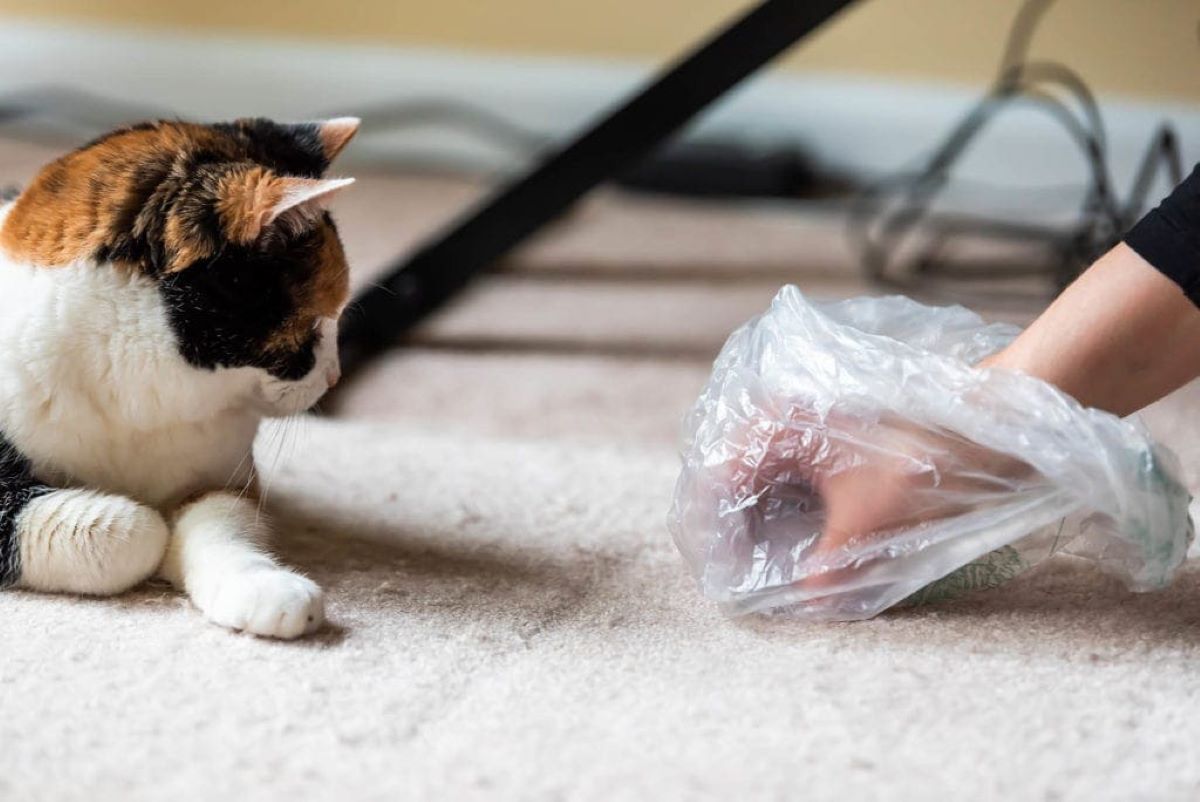
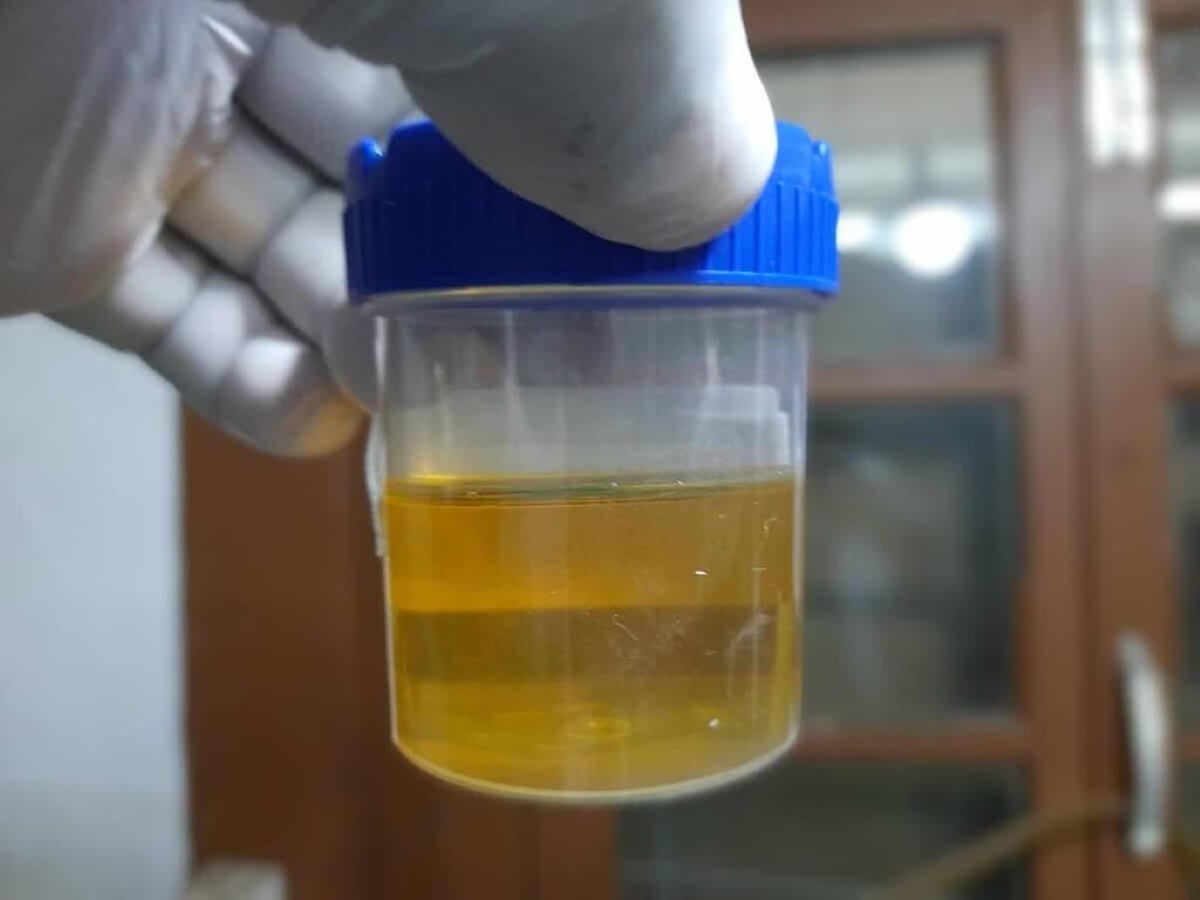
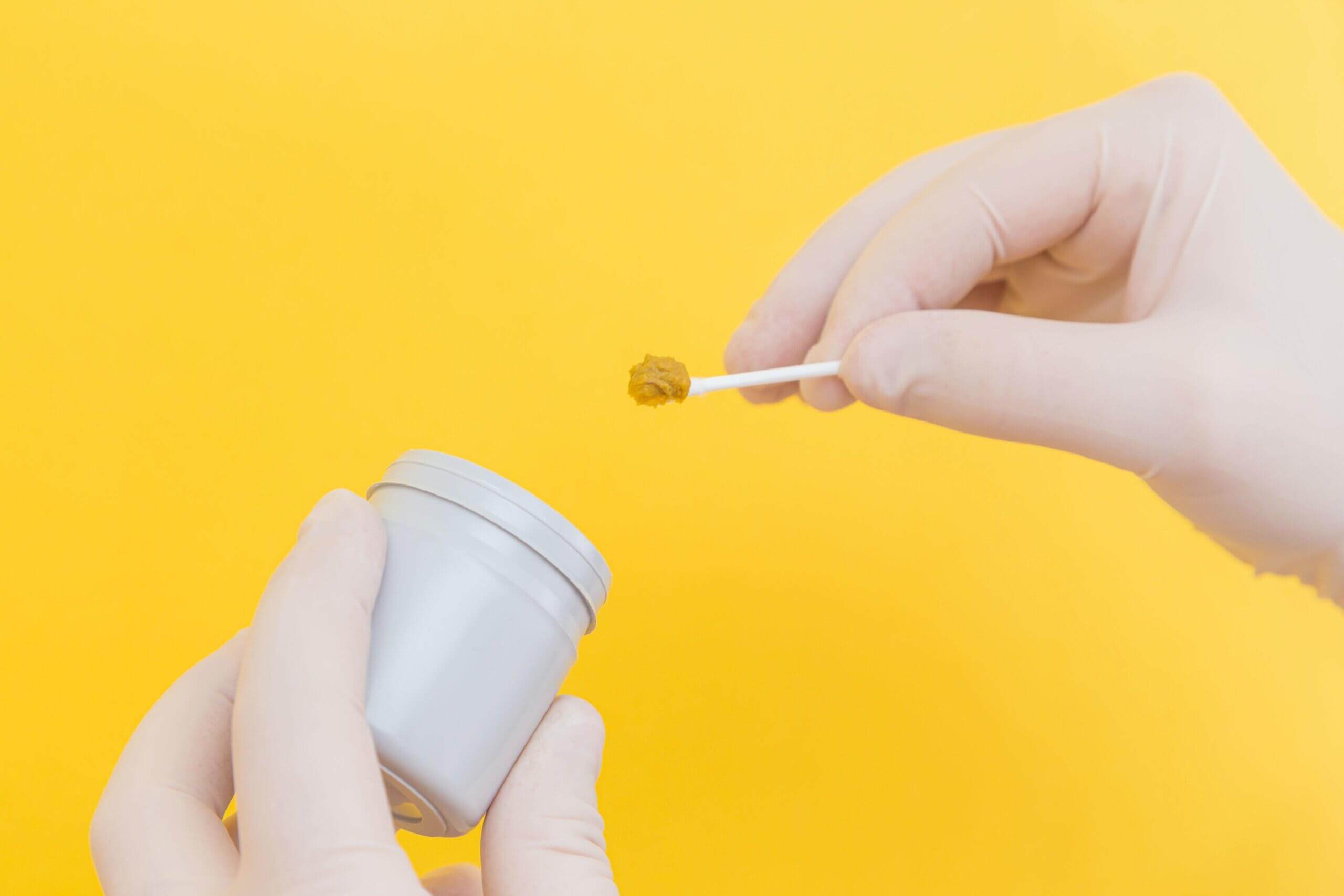
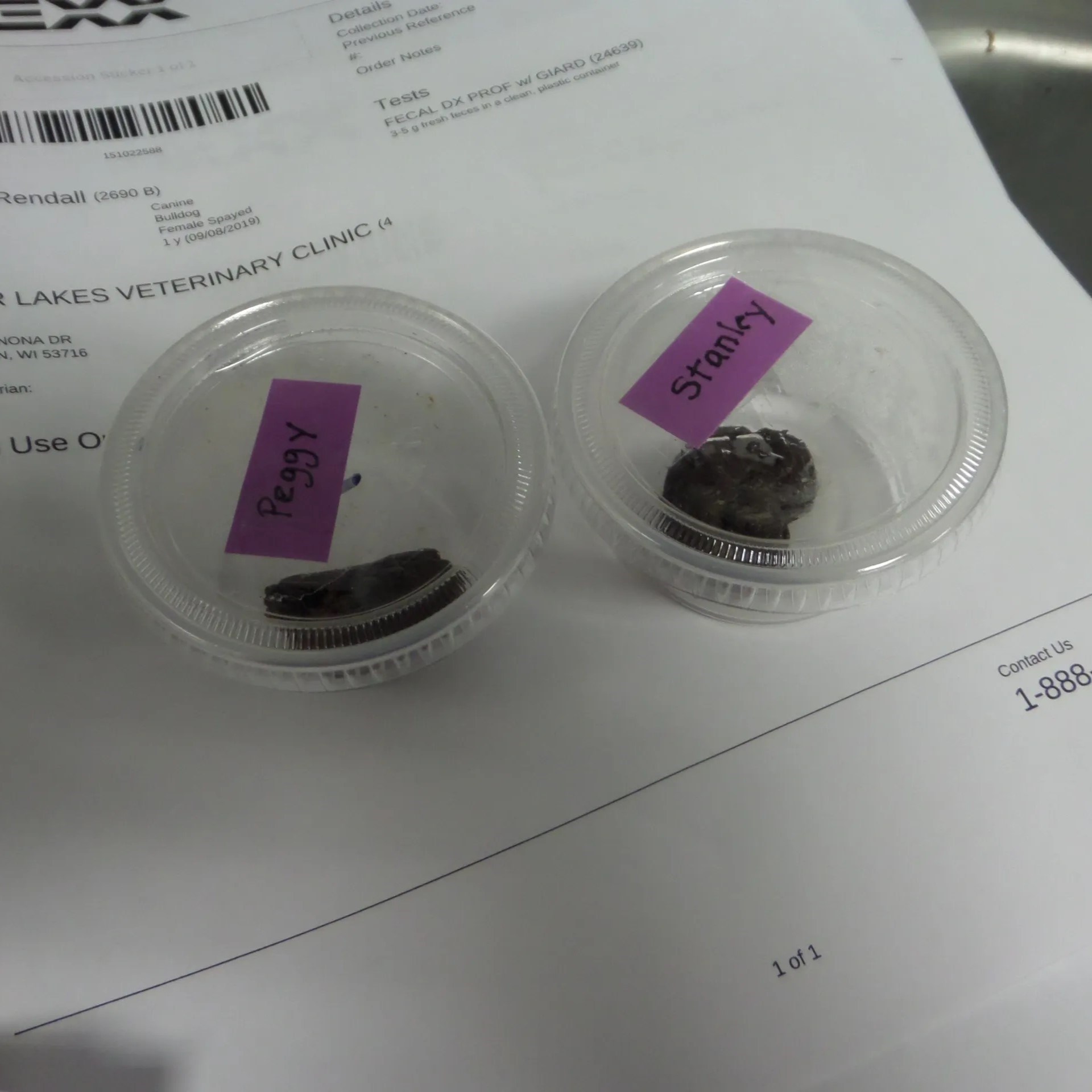
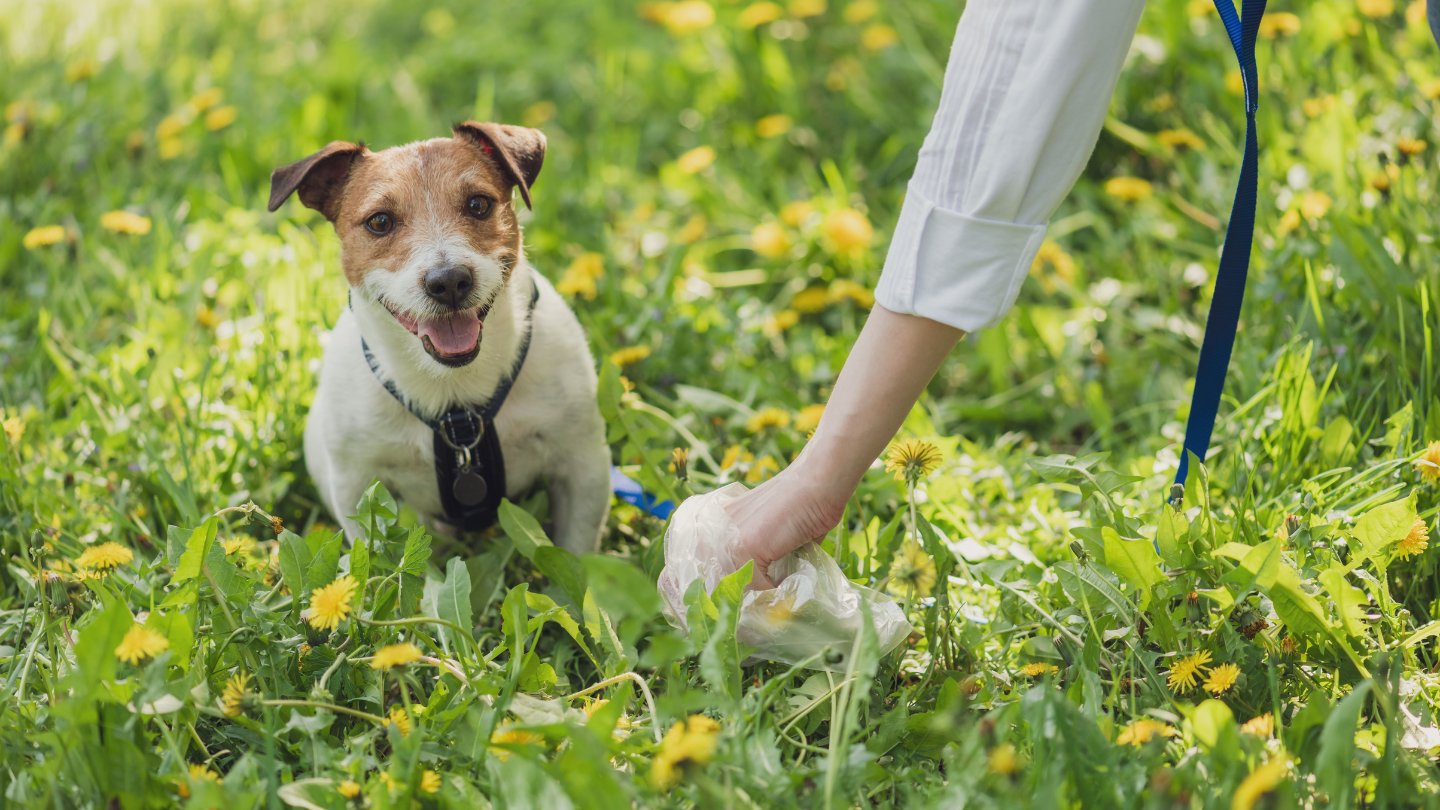
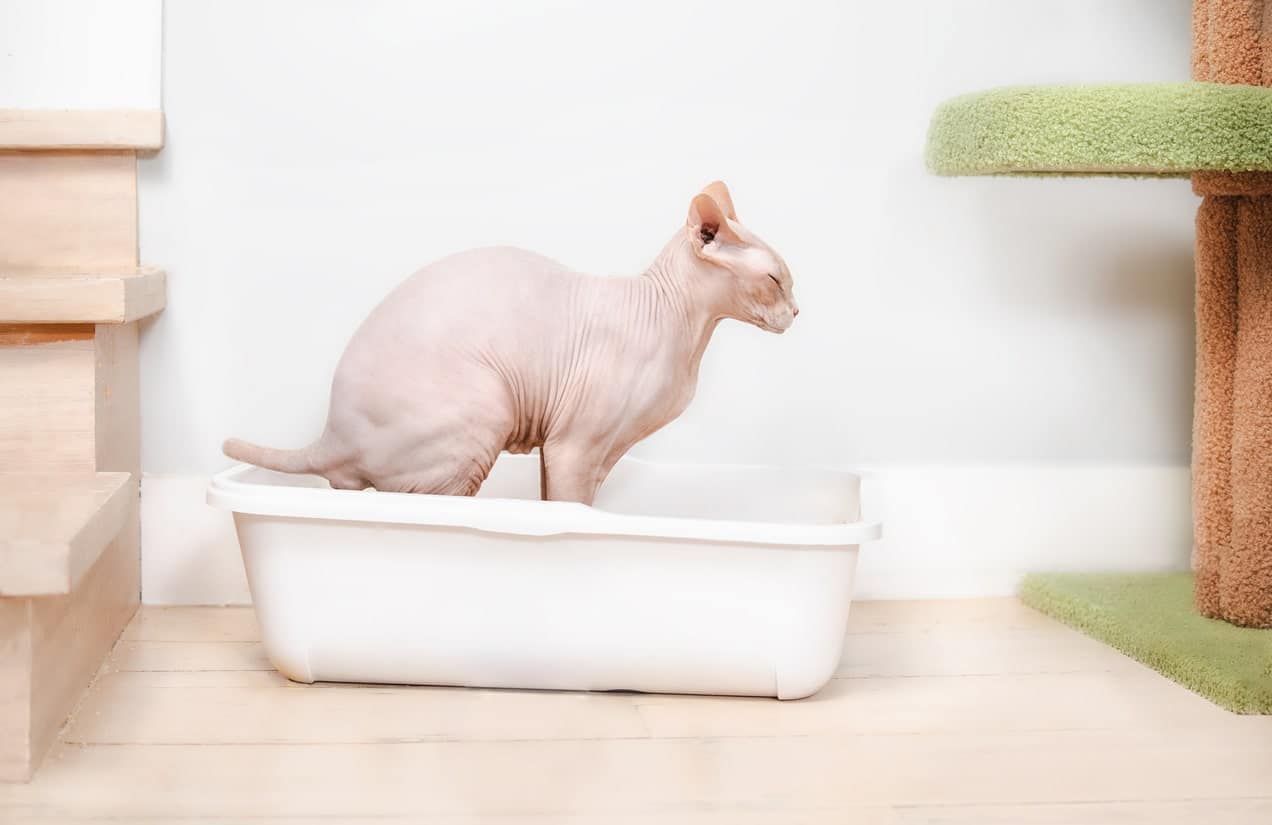
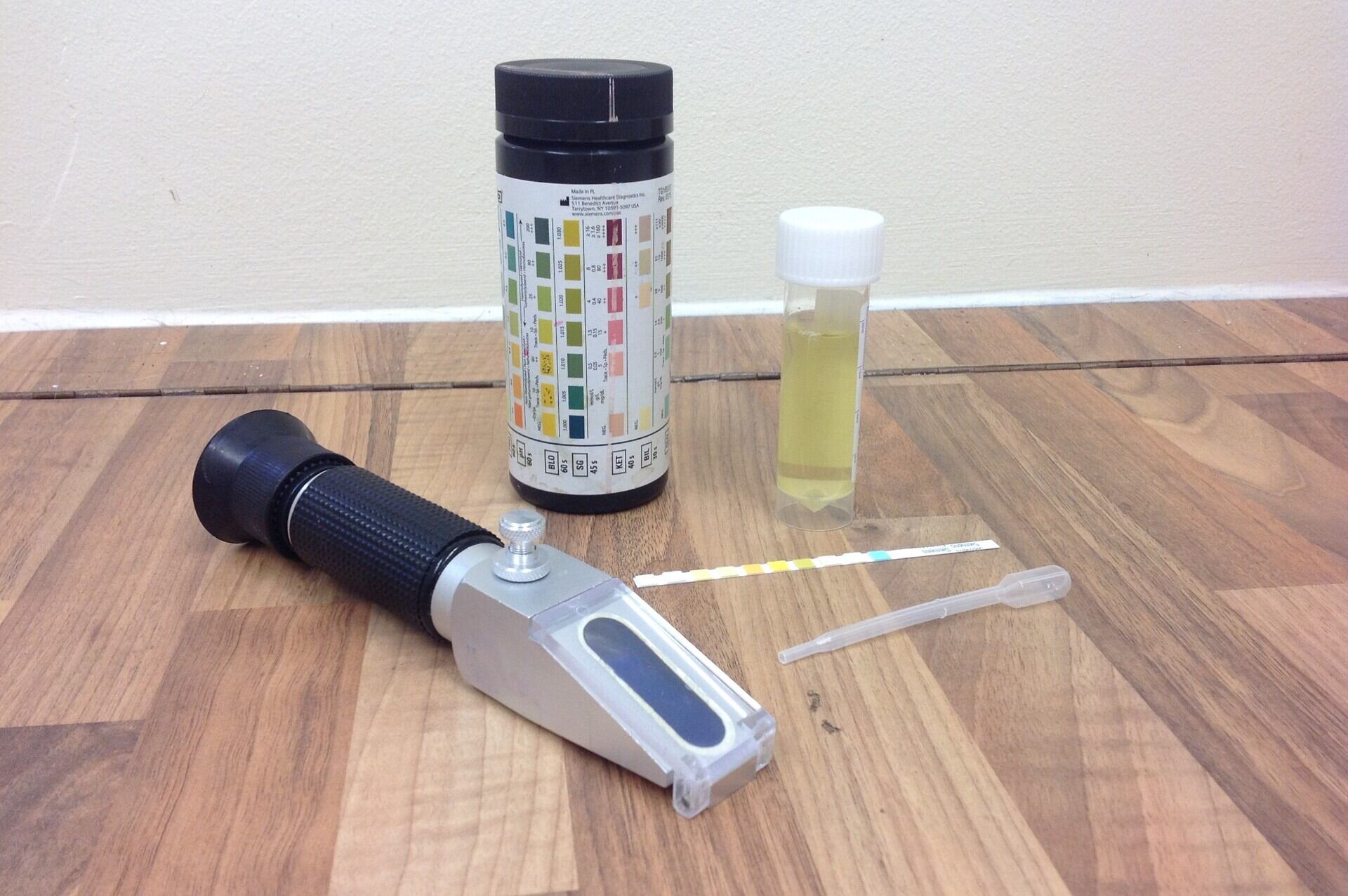
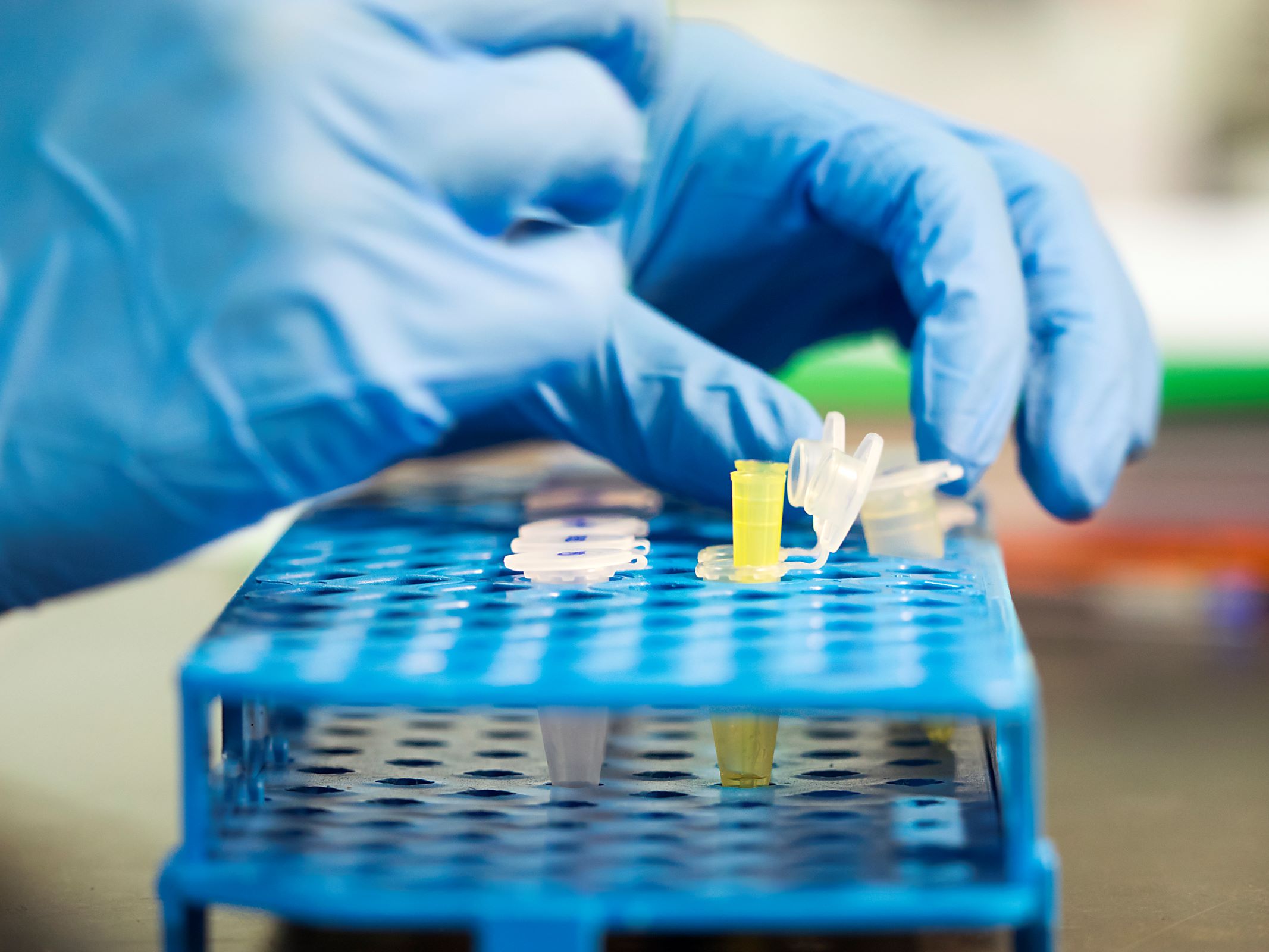
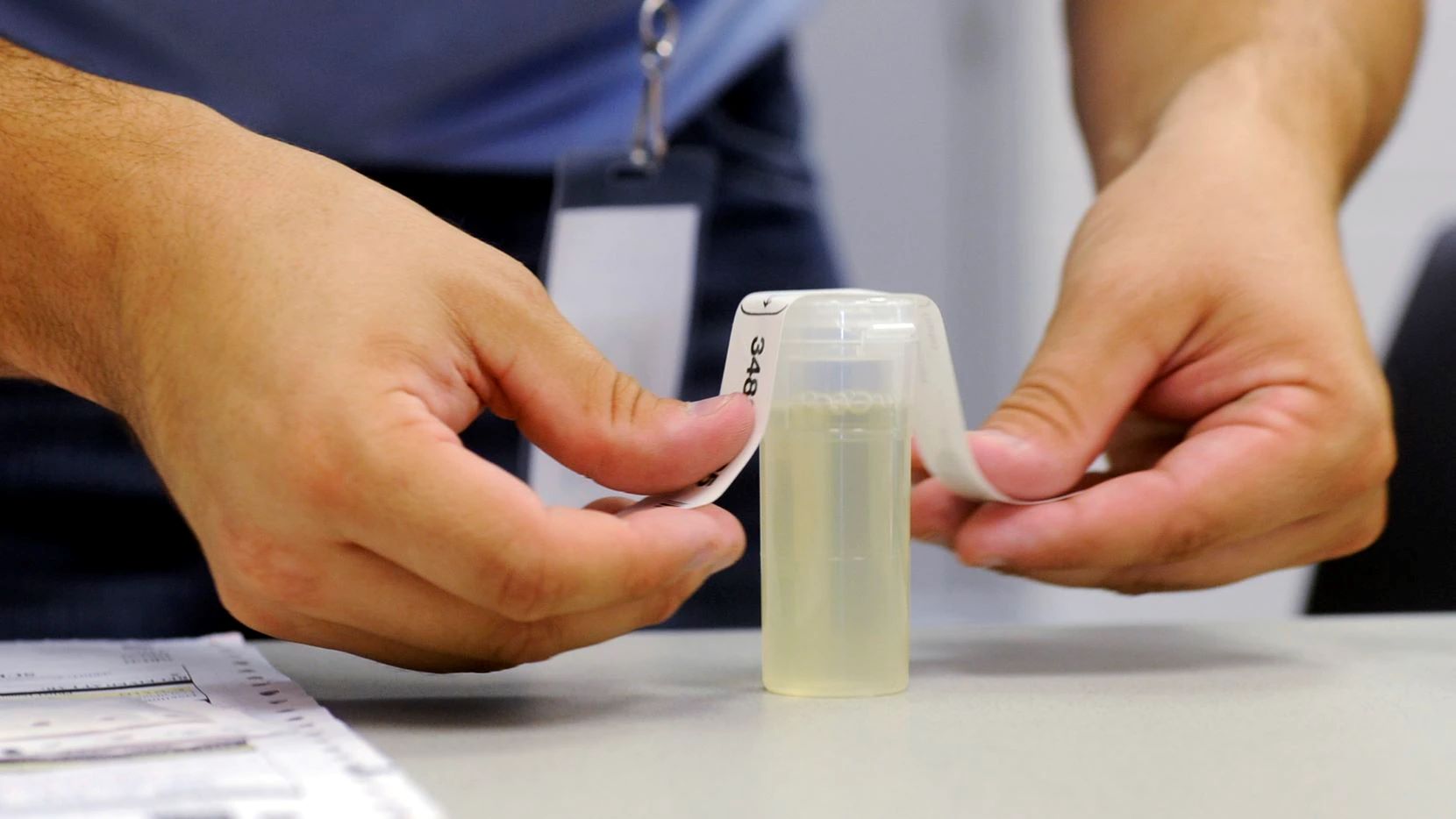
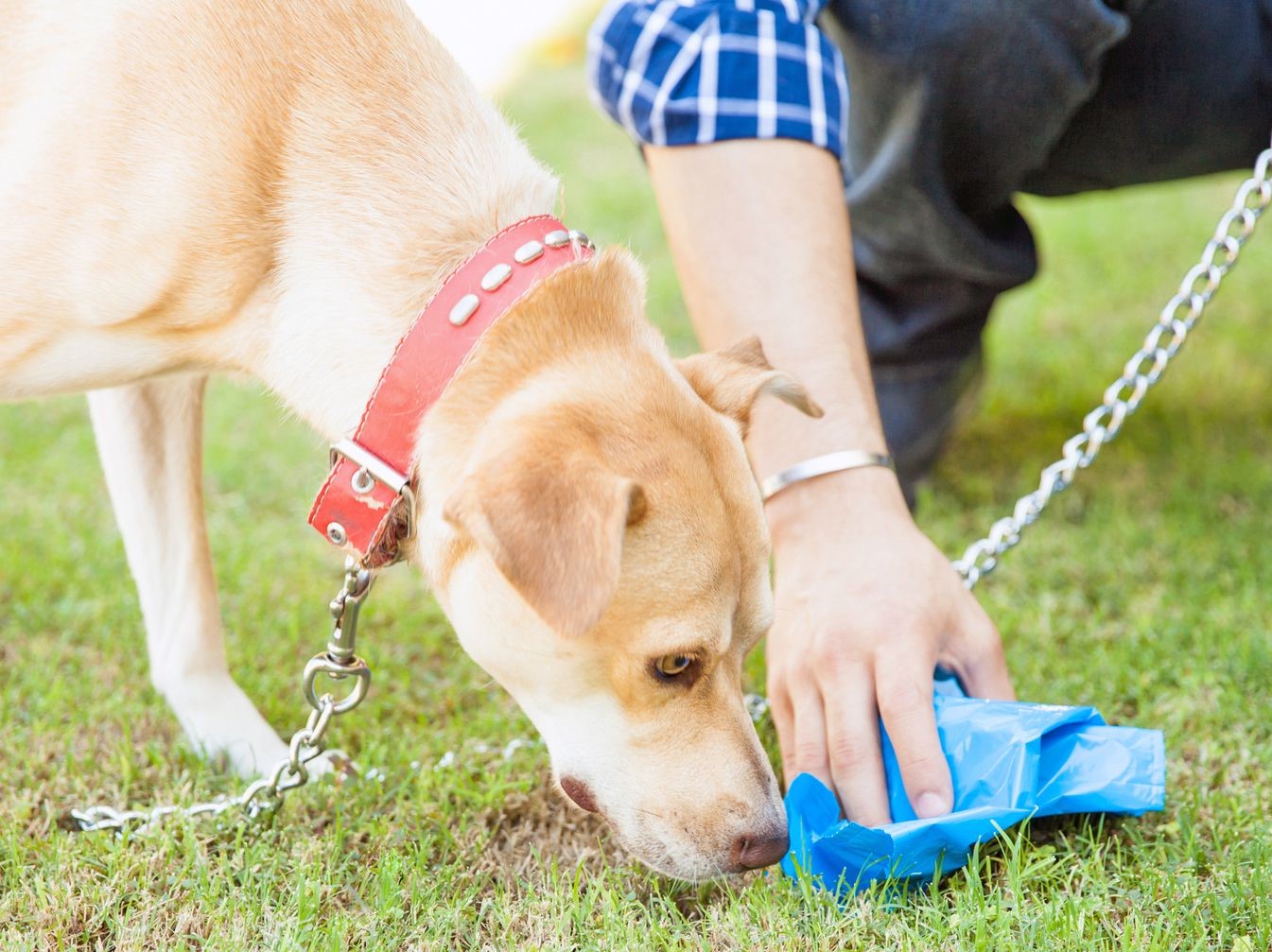
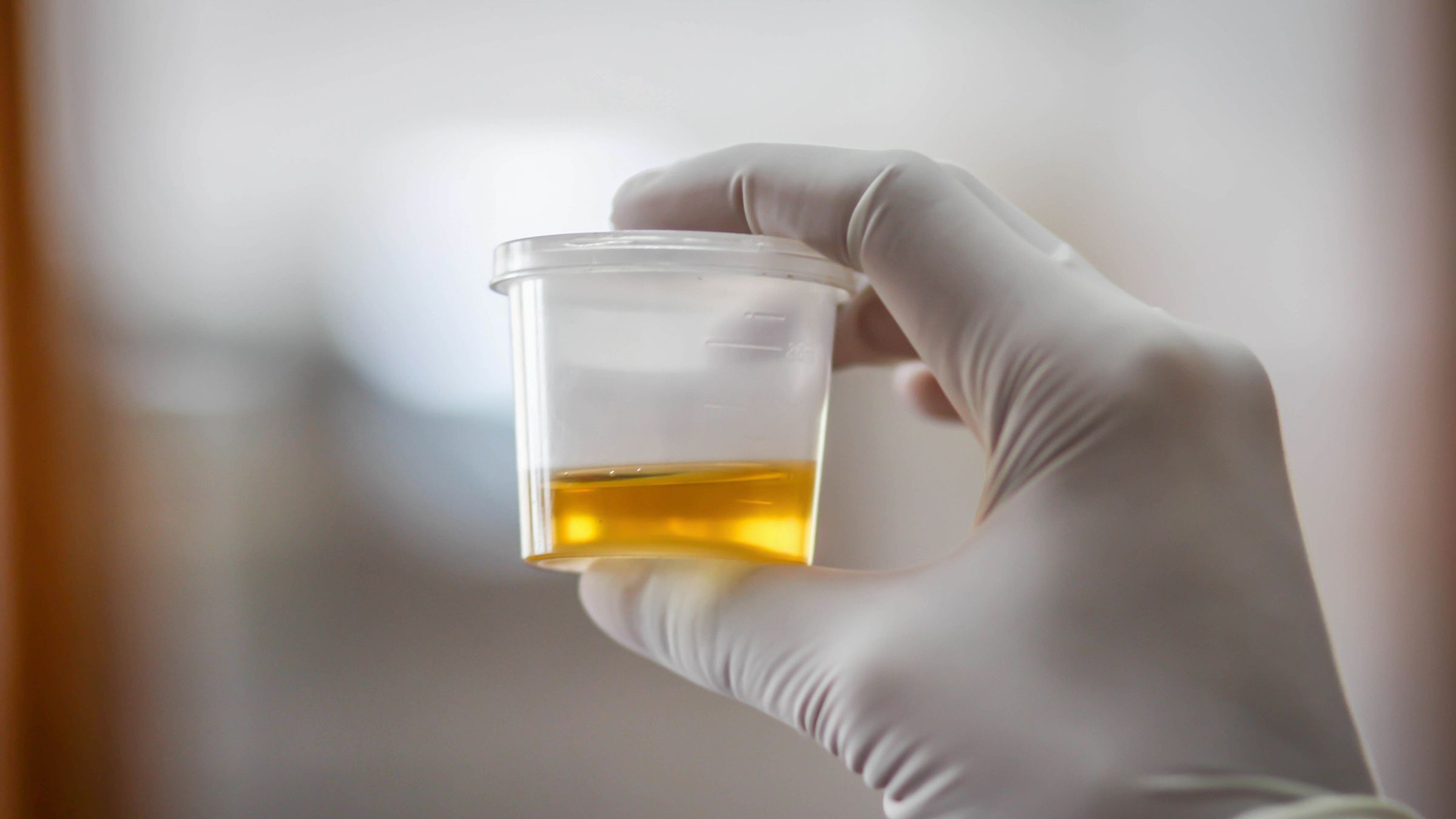

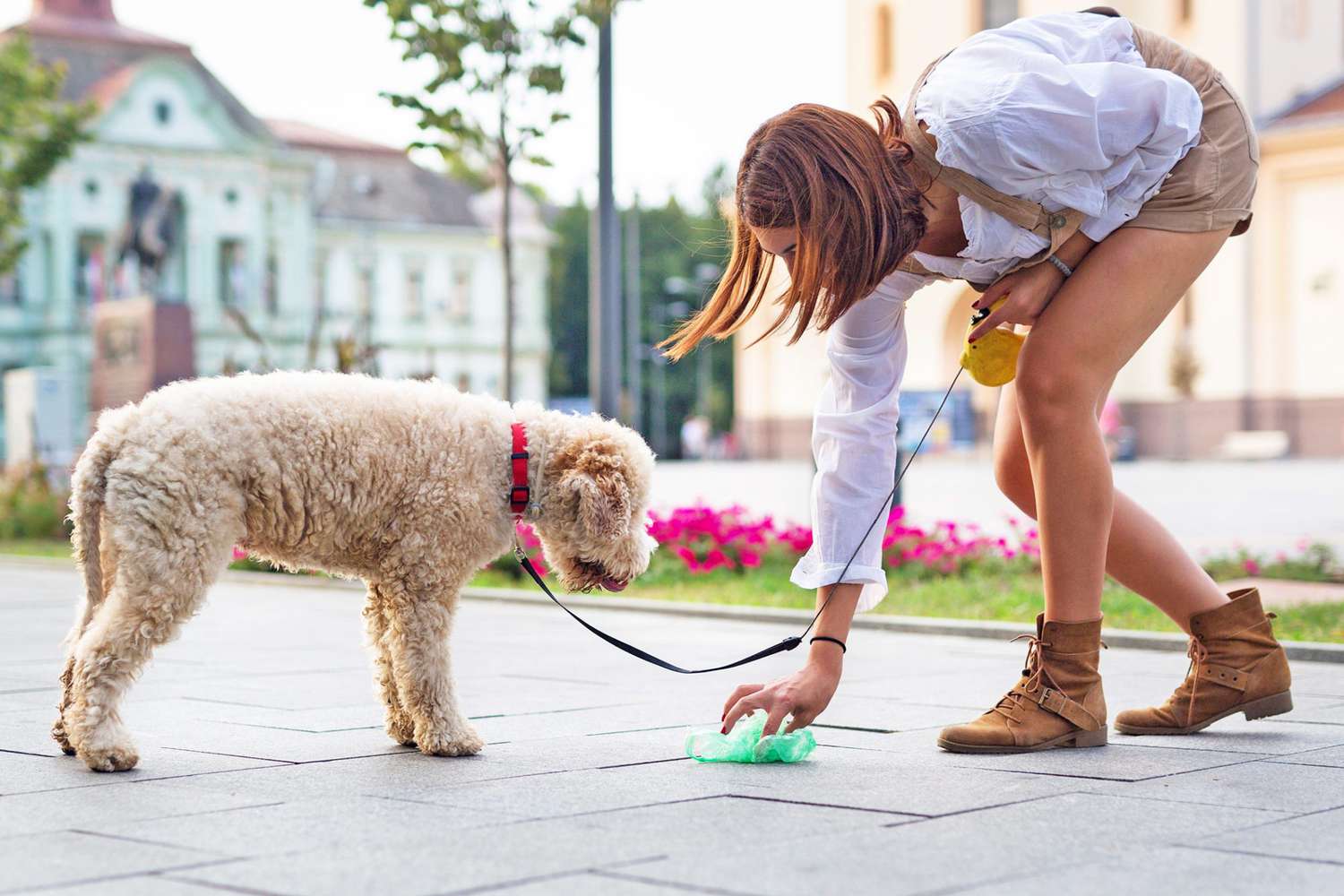

0 thoughts on “How To Store Cat Stool Sample For Vet”